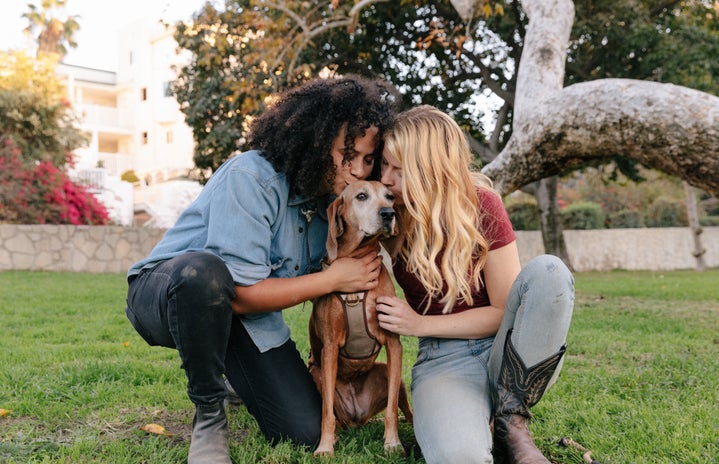By Niamh Withers
Overcrowding in New York City animal shelters has become an increasing concern since the start of the COVID-19 pandemic. The effect the pandemic has had on these shelters has snowballed into this year. When overcrowding occurs in shelters, they begin to euthanize the animals that have stayed there the longest in an attempt to depopulate and make room for new intakes. Many times, these animals are euthanized before even being given a chance to become adopted.
Why Does Overcrowding and Euthanasia Occur?
It’s common in New York City for apartments to have regulations prohibiting or restricting residents from owning pets. These types of rules are a main reason for animal homelessness in NYC, forcing many pet owners to surrender their dogs or risk having no place to live. Along with pets being surrendered, many are abused or discarded onto the streets, left to fend for themselves until they are taken in by shelters. Currently, New York City has no laws protecting these shelter animals from being euthanized. One of the government funded shelters in the city, Animal Care Centers of NYC, euthanized approximately 1,179 dogs and 1,322 cats during the year 2021 (https://www.nycacc.org/sites/default/files/pdfs/stats/2021/ACC_2021_CalendarYear_SAC.pdf). These statistics include both owner-intended euthnasia as well as shelter induced euthnasia. However, since there are no laws preventing kill shelters in New York State, they can euthanize for any reason by deeming the animal medically or behaviorally “unhealthy.” The center is at dangerously full capacity, yet again. We risk losing many more animals’ lives this remaining year if action is not taken immediately. The center is desperately seeking to give these animals the happy homes they deserve by advertising adoption events and other ways to help across their social media platforms. Please consider the following options listed below of ways to get involved.
What You Can Do To Help:
1) Adoption or Fostering
There are many different ways you can help save the life of a shelter pet, the most substantial being adoption. When you adopt from a shelter rather than a breeder, you are helping to decrease the amount of animals euthanized every year, predominantly when adopting from a kill shelter. Breeders heavily contribute to the overpopulation crisis of these house pets by producing more animals when shelters are already at capacity. However, not everyone is in the position to be able to devote themselves to such a long term commitment such as adoption. If that’s the case, you may want to consider fostering an animal instead. Fostering is an amazing way to improve the quality of life for a shelter pet. It gives them a chance at life by temporarily placing them in a loving environment until they are able to find their forever home. The shelter is desperately seeking emergency foster care members. If you are in the position to do so, please consider fostering or adopting from them! You can sign up to be a part of their emergency foster care team using this link: https://bit.ly/Emergency_Dog_Foster or at https://www.nycacc.org/get-involved/foster.
2) Donate!
Both adoption and fostering are commitments not everyone is able to partake in, especially in NYC with the numerous restrictions against house pets. But don’t worry, there are a variety of indirect ways you can help! One way is by taking a look at a shelter’s website and seeing if they need certain items, such as food, bedding, or cleaning supplies. By donating your time, money, or supplies you can help these shelters keep animals alive for longer periods of time, increasing their chances of adoption.
3) Post to Your Socials
Advocating on social media platforms is another great way to help rescues. Even if your following is small, you never know who is in the position to adopt, foster or donate. Directly reaching out to people you know may be able to adopt or foster right now is another great way to help!
Don’t live near NYC? You can also search for local shelters near you to donate, volunteer, and adopt from!
Links to Help:
Consider looking into each of these organizations to learn more about ways you can help!


